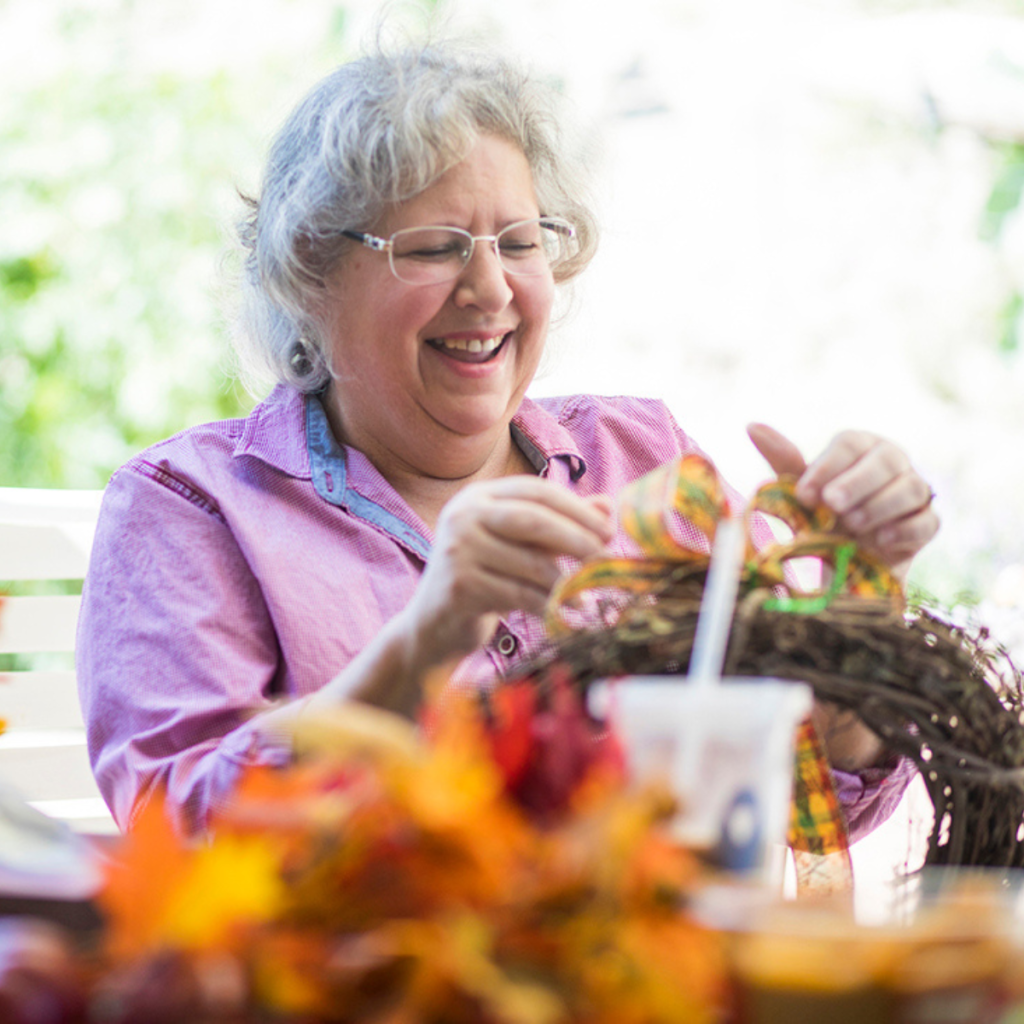The difference between physical and occupational therapy can feel subtle at first glance, yet knowing how each discipline helps older adults regain health and independence is vital for families exploring rehabilitation services. Our team of nurses and rehabilitation professionals understand there are five ways to help you rebuild mobility, confidence, strength, and independence.
At communities such as Sunny Vista in Colorado Springs, these physical and occupational therapies often work side-by-side after illness, surgery, or a fall, guiding residents from the rehab gym back to the activities that make life meaningful. This article unpacks the key distinctions, then expands on five core goals of each specialty so you can decide which service or which combination best matches you or your loved one’s recovery needs.
Differences Between Physical and Occupational Therapy
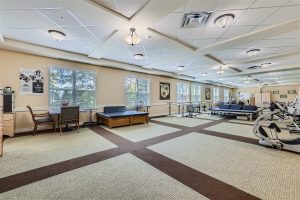 Although physical and occupational therapy often work together, they serve distinct roles in recovery. Physical therapy (PT) focuses on the body’s ability to move, improving strength, balance, range of motion, and pain-free mobility. Occupational therapy (OT) concentrates on helping individuals regain the skills needed for daily living—such as dressing, bathing, cooking, and safely using the bathroom. Think of physical therapy (PT) as rebuilding the engine, and occupational therapy (OT) as teaching you to drive again with any new adaptations you might need.
Although physical and occupational therapy often work together, they serve distinct roles in recovery. Physical therapy (PT) focuses on the body’s ability to move, improving strength, balance, range of motion, and pain-free mobility. Occupational therapy (OT) concentrates on helping individuals regain the skills needed for daily living—such as dressing, bathing, cooking, and safely using the bathroom. Think of physical therapy (PT) as rebuilding the engine, and occupational therapy (OT) as teaching you to drive again with any new adaptations you might need.
5 Ways Physical Therapy Rebuilds Mobility and Confidence
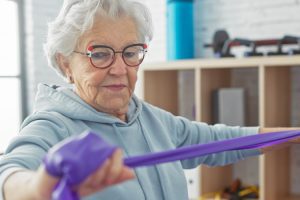
There are five essential ways physical therapy supports senior rehabilitation, helping older adults regain their mobility and confidence after illness or injury. Therapists carefully tailor each approach to address the unique needs of residents in short-term care communities.
- Strength training that restores muscle power—Targeted resistance exercises reverse age-related muscle loss (sarcopenia) and build the leg, hip, and core strength residents need to climb stairs or rise from a chair independently.
- Balance training and fall-risk reduction—Therapists use wobble boards, tandem-stance drills, and gait perturbation exercises to retrain proprioception, cutting fall risk by up to 30 percent in older adults.
- Mobility and movement restoration—Gait re-education, transfer practice, and joint-mobilization techniques help residents walk farther with less pain and less assistive support.
- Pain management through therapeutic modalities—Manual therapy, heat/cold, and gentle stretching decrease postoperative or chronic pain, making daily movement less daunting and motivating residents to stay active.
- Quality-of-life improvement after illness or surgery—By combining the elements above into a personalized plan, PT speeds return to prior hobbies such as gardening, golfing, or simply strolling with grandchildren.
5 Ways Occupational Therapy Restores Daily Living Skills
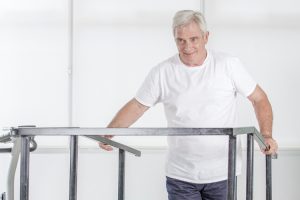 Occupational therapy plays a vital role in senior rehabilitation, empowering older adults to reclaim their independence by focusing on practical solutions for daily challenges. The following strategies illustrate how OT’s support residents in mastering everyday tasks and enhancing overall well-being.
Occupational therapy plays a vital role in senior rehabilitation, empowering older adults to reclaim their independence by focusing on practical solutions for daily challenges. The following strategies illustrate how OT’s support residents in mastering everyday tasks and enhancing overall well-being.
- Training in self-care activities (ADLs)—OTs break tasks like dressing and bathing into manageable steps, introduce energy-conservation strategies, and grade activities so residents regain confidence without exhaustion.
- Adaptive-equipment selection and instruction—From grab bars to long-handled reachers, therapists match devices to individual grip strength, range of motion, and cognitive ability, then teach correct, safe use.
- Home-and room-safety modifications—An OT may recommend raised toilet seats, nonslip mats, or rearranged furniture to remove tripping hazards and make every living space senior-friendly.
- Upper-body and fine-motor rehabilitation—Targeted exercises and purposeful tasks (buttoning shirts, handwriting practice) rebuild coordination after stroke, arthritis flare-ups, or prolonged hospitalization.
- Cognitive and perceptual retraining for complex tasks—When memory or visual-spatial skills decline, OTs use cueing systems, task sequencing, and environmental prompts so residents can cook, manage pills, or handle finances safely.
What to Expect From Therapy Sessions
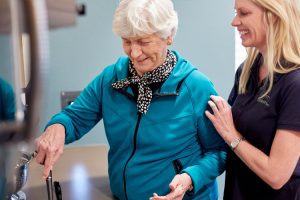 Physical and occupational therapy sessions in assisted living are tailored to each resident’s goals, health status, and recovery timeline. Most sessions last between 30 and 60 minutes, typically scheduled three to five times per week. Therapy intensity may increase or taper off depending on progress, stamina, and physician recommendations.
Physical and occupational therapy sessions in assisted living are tailored to each resident’s goals, health status, and recovery timeline. Most sessions last between 30 and 60 minutes, typically scheduled three to five times per week. Therapy intensity may increase or taper off depending on progress, stamina, and physician recommendations.
In short-term rehabilitation settings, therapists work closely with residents, families, and care teams to ensure that therapy schedules align with individual goals and do not overwhelm daily routines. If Medicare or private insurance is involved, the care team also coordinates with case managers to authorize medically necessary services and monitor progress toward discharge goals.
How PT and OT Work Together in Short-Term Care
Even with distinct goals, therapists frequently co-treat. A resident relearning to shower may work with PT first to build stamina for standing, then with OT to practice soaping, rinsing, and drying using adaptive benches or handheld sprayers. Close collaboration, shared documentation, and regular care-team huddles help residents progress faster and reduce rehospitalization risk.
Physical and occupational therapy are complementary pillars of recovery for older adults in assisted-living or short-term rehab settings. PT rebuilds the body’s capacity to move; OT ensures that renewed movement translates into meaningful, independent living. When evaluating a community like Sunny Vista, ask how both services are coordinated, how goals are set with residents and families, and what success looks like at discharge. By understanding the difference between physical and occupational therapy, and how each accelerates safe, confident aging, you can choose a program that supports a quicker, fuller return to the life you love.
Contact Sunny Vista today to speak with our rehabilitation team, schedule a tour, or explore how our personalized therapy programs can help restore strength, independence, and confidence.

